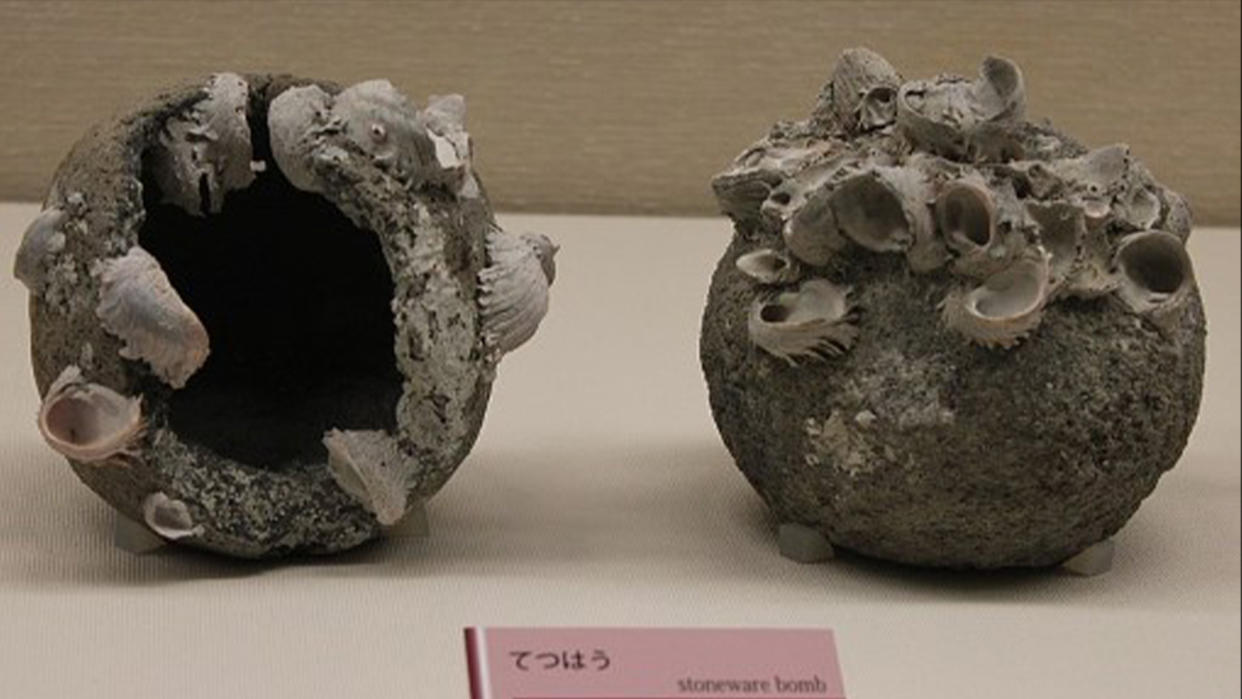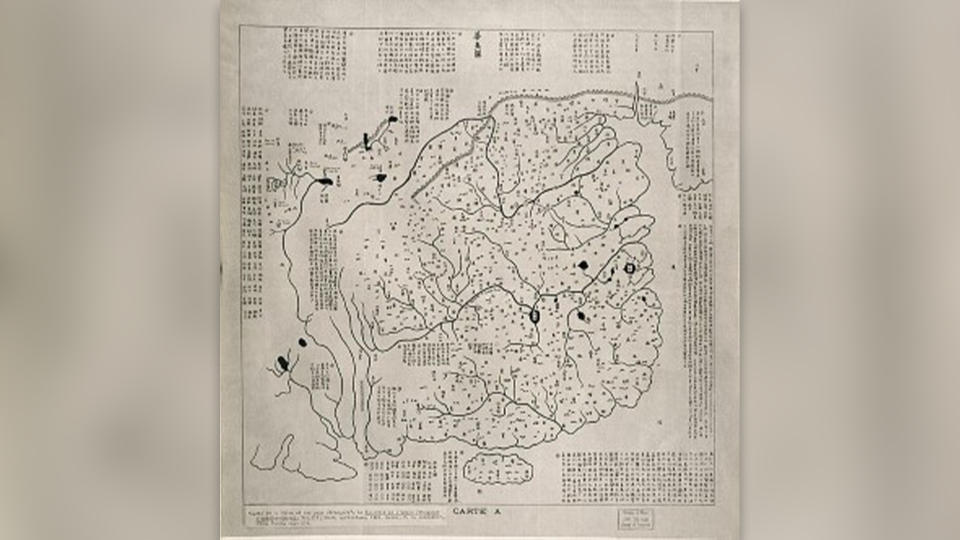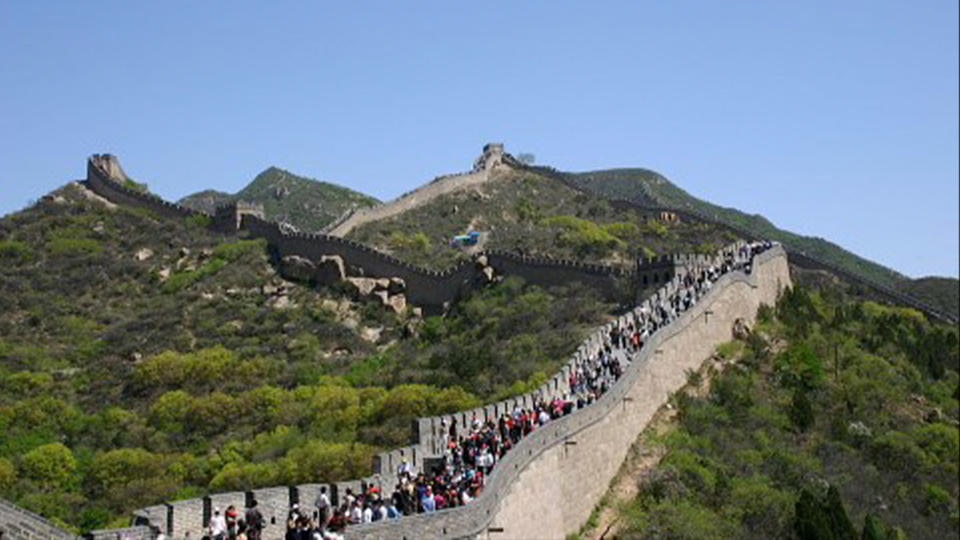Dozens of centuries-old stone grenades from Ming dynasty discovered at Great Wall of China

A cache of 400-year-old stone grenades inscribed with orders warning guards to watch out for enemies has been discovered at the Great Wall of China near Beijing.
The finding shows the astonishing variety of early gunpowder weapons used during the Ming dynasty, which ruled China from 1368 to 1644, according to Tonio Andrade, a professor of history at Emory University in Atlanta who wasn't involved with the discovery.
"I've argued the Ming dynasty was the world's first 'Gunpowder Empire,'" Andrade, author of "The Gunpowder Age: China, Military Innovation, and the Rise of the West in World History" (Princeton University Press, 2016), told Live Science in an email.
Gunpowder is thought to have been invented in China in the 900s. By the time the Ming dynasty started, many types of gunpowder weapons were already in use in East Asia, including explosive devices with fanciful names such as "flying rats," "fire bricks," "caltrop fire balls," and "ten-thousand fire flying sand magic bombs," Andrade said.
"Bombs were one of the first 'killer apps,' made from either stone or iron, and hurled by hand, by catapult, or by trebuchet," Andrade explained.

The official Chinese news agency Xinhua reported that archaeologists discovered 59 of the stone grenades in the ruins of a storehouse beside the Badaling Great Wall, a section of the wall built by the Ming dynasty about 50 miles (80 kilometers) northwest of the modern Chinese capital.
Related: Did the Great Wall of China work?
No photographs have been released of the objects yet, but they are probably similar to the handheld "thunder-crash bombs" made with pottery shells in China at about the same time.
Ming dynasty grenades

The trove of centuries-old grenades found at Badaling, however, are made of stone, with a hole drilled out at the center to fill with gunpowder. The Xinhua report said they were similar to stone grenades found previously, adding that they were a common weapon for guards along the Great Wall during the Ming dynasty.
After being filled with gunpowder, the grenades could be "sealed and thrown," and "not only hit the enemy but also cause an explosion," Shang Heng, a researcher at the Beijing Institute of Archaeology, told Xinhua. He added that it's the first time such a storehouse for weapons has been found along the Great Wall.
Ma Lüwei, an archaeologist who specializes in ancient Chinese military history, told the state-owned newspaper Global Times that such weapons were easy to make and handy for soldiers standing on the Great Wall to throw down at invaders.
RELATED STORIES
—Complete Bronze Age town with elite tombs discovered in northern China
—2,700-year-old leather saddle found in woman's tomb in China is oldest on record
Although grenades today are known for their intense explosions, early grenades tended to set things ablaze, Andrade said. But he added that gunpowder recipes from that time were still designed to maximize their explosive force. "The grenades recently discovered on the Great Wall are very much in keeping with its history," he said.
Archaeologists also announced the discovery of the remains of a stone fort near the wall in the area, as well as firepits, stoves, shovels and utensils amid the remains of the wall's defensive towers.

